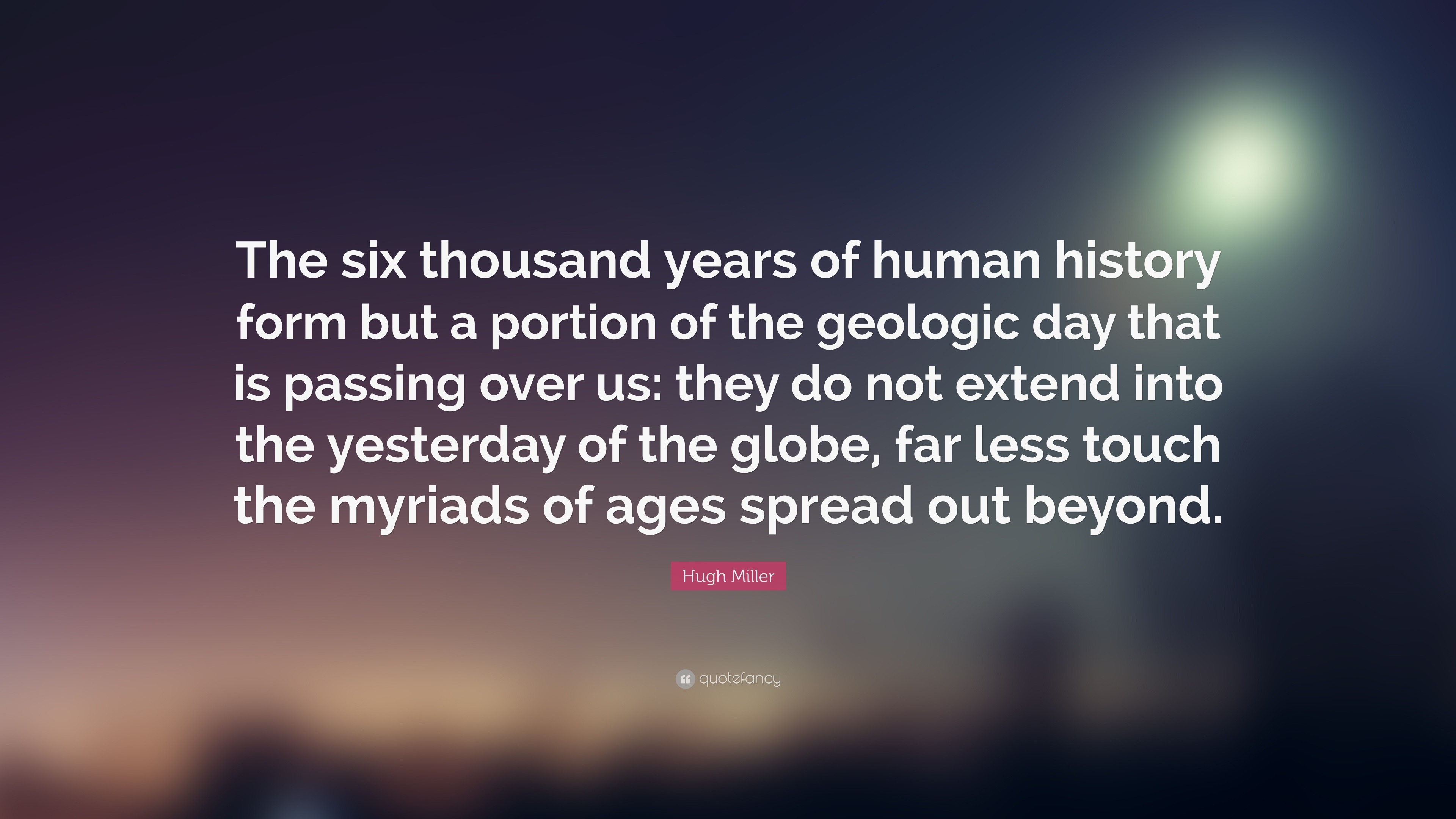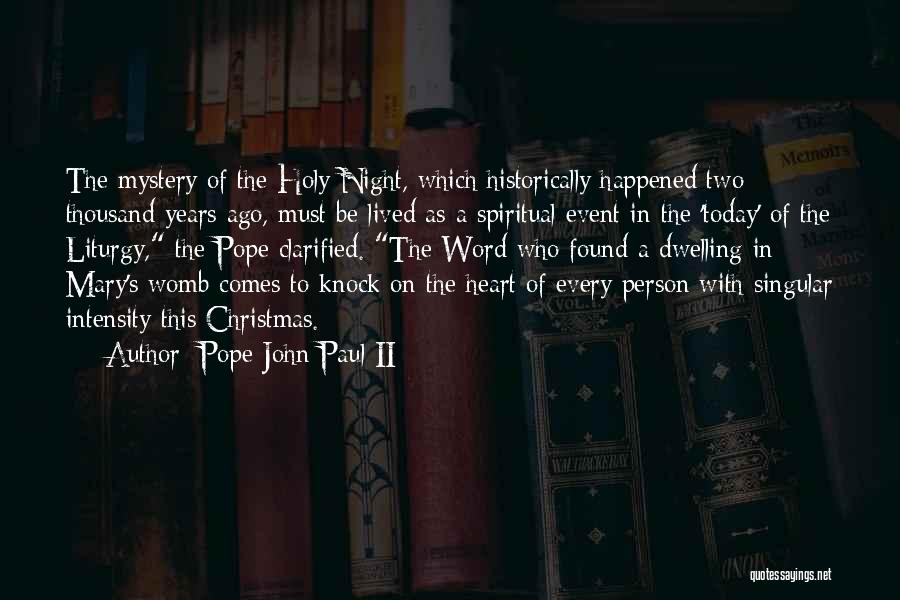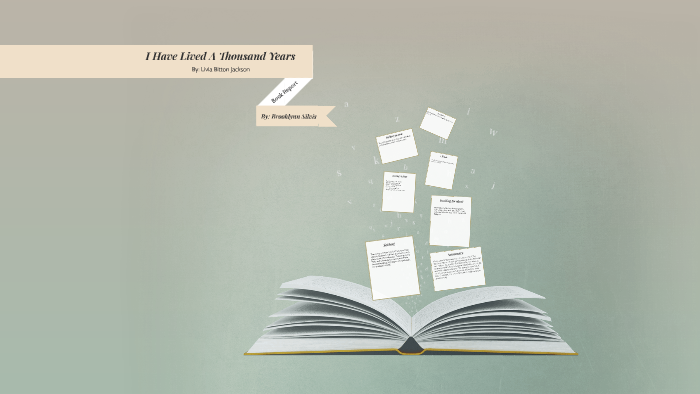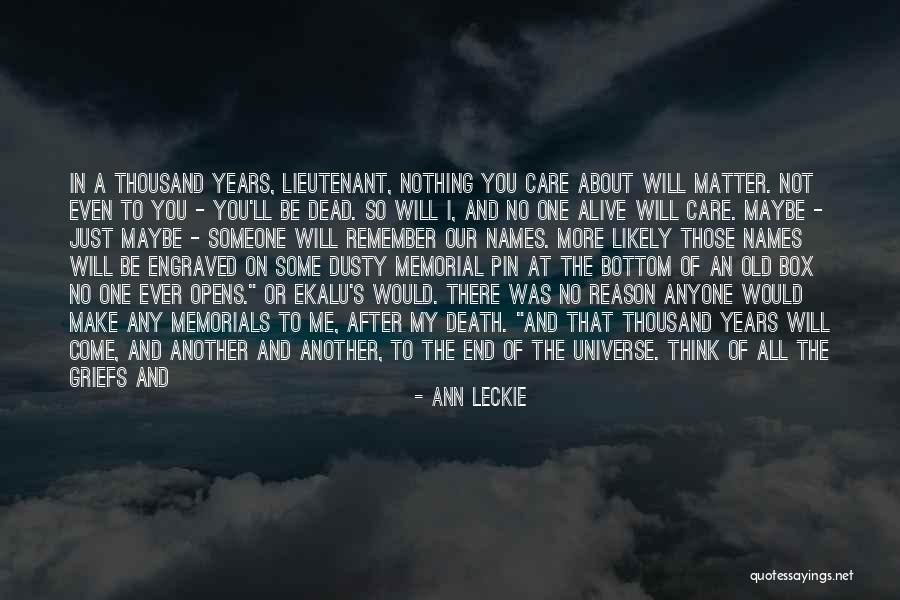
She is also intellectually provocative, musing about explanations of the sotah ritual for accused adulterers, the wording of the Kol Nidre prayer, and the name of the High Priest’s oracular breastplate. When a few people congregate threateningly in front of a Jewish shop, it reminds her of the many catastrophic massacres that began just that way.ĭara Horn captures the sights, smells, and sounds of Jerusalem under Roman occupation as vividly as she portrays Manhattan in our present moment of blockchain speculation and genetic research. Yet she is haunted by the cycles of history. Rachel, on the other hand, still lives for her children and grandchildren, as painful as that can sometimes be. And I watched every single one of them die.” It’s almost more than he can bear. Elazar suffers from memories of his family over dozens of generations: “I saw every child grow up. They made a bargain for reasons great and small and faced the consequences.

The novel’s immortals, Rachel and Elazar, never had the illusion that it would be a blessing to live forever. Yet this is no allegory - it’s a love story, or many love stories, with the same conflicts and joys and heartbreaks that are part of any life. Their lives retrace the journeys of the Jewish people, from Jerusalem to Antioch to Pumbedita, in Alexandria and Aleppo, through Spain and Poland, to America and Israel.

Today, high-tech leaders in Silicon Valley are pouring billions of dollars into anti-aging research, hoping to defeat death.Įternal Life, a novel both adventurous and wise, imagines two immortals as old as the Wandering Jew who dwell among us today. The Christian parable of the Wandering Jew sees immortality as a curse: a Jew who mocks Jesus is punished by being unable to die until the Second Coming.

Homer’s Odysseus spurned eternal life so that he could go home to his wife.

Immortality has always fired the human imagination.


 0 kommentar(er)
0 kommentar(er)
